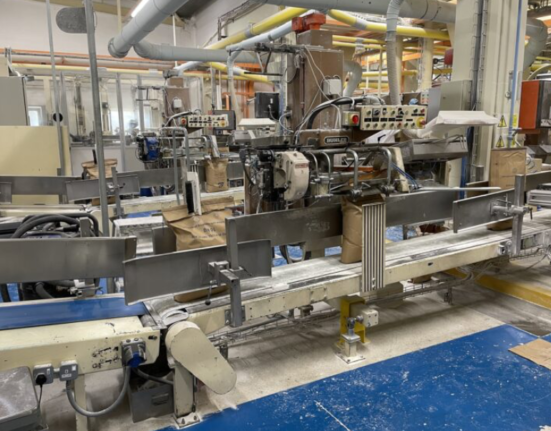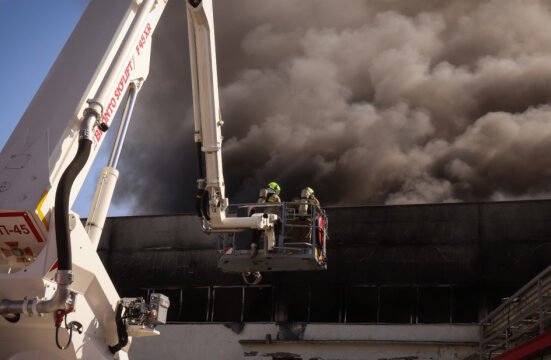The risk of fire in the factory has increased thanks to a number of operational and supply chain challenges – global disruptions have led to labour shortages, regulatory delays and reduced oversight in factories. Factories are now operating with fewer skilled workers on site and employees are often required to take on additional responsibilities with limited support as a result.
Food processors adapt their operations to cope with the increased supply chain pressures – such as introducing new chemical processes or expanding existing production lines – but fail to fully assess the associated risks. This, coupled with short staffing or shifting priorities, can result in the increased likelihood of undetected hazards.
Insufficient training can lead to the mishandling chemicals and delays in maintaining critical equipment or systems, increasing the risk of operational failures, safety incidents and costly disruptions.
In fact, machinery issues are a significant factory in factory fires – in 2021, 59% of factory were linked with faulty equipment, according to supply chain risk management company Resilinc. Common causes included improper installation, operation or maintenance; inadequate safety and cleaning procedures; and failure to replace outdated or worn-out equipment on time.
The importance of cleaning
Certain materials in the food factory also pose a greater threat of combustion if machinery is not thoroughly cleaned.
As John Bogart, managing director of Kett US, a manufacturer of moisture and organic composition analysers, points out: “Food processors need to be aware that combustible dust can contribute to fires when sparking occurs—and that almost every material can be combustible in dust form, including wood, metal, dyes, food, and chemicals.”
Mechanical equipment can become a fire hazard if it is not properly cleaned, maintained, and lubricated, leading to overheating and – in some cases – ignition.
“By prioritizing equipment maintenance, providing comprehensive training, and conducting regular safety inspections – even during periods of disruption – factories can significantly reduce the risk of fires and safeguard both employees and assets,” Boggart added.
Bogart recommended equipping facilities with instruments that can detect hazardous conditions on the production line – essential for preventing fires and improving overall safety.
The right tool
Equipment such as Kett’s pulp and paper moisture meters to prevent over-drying on the line and handheld portable friction testers to evaluate machinery for friction and wear on-site help to identify potential incidents before they happen.
“Equipping food processing plants with advanced monitoring instruments ensures early detection of hazardous conditions, allowing for quick intervention before a fire can start,” Boggart concluded.
“By investing in reliable safety equipment, food processors can reduce fire risks, maintain productivity, and protect both personnel and assets. Proactive safety measures, including proper training and routine maintenance, combined with the right detection tools, are essential for ensuring a safer, more resilient production environment.”
Meanwhile, two people have been taken to hospital after a fire at a Nestlé factory in Cumbria.







